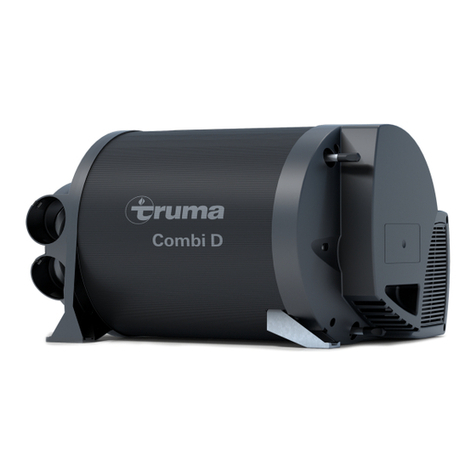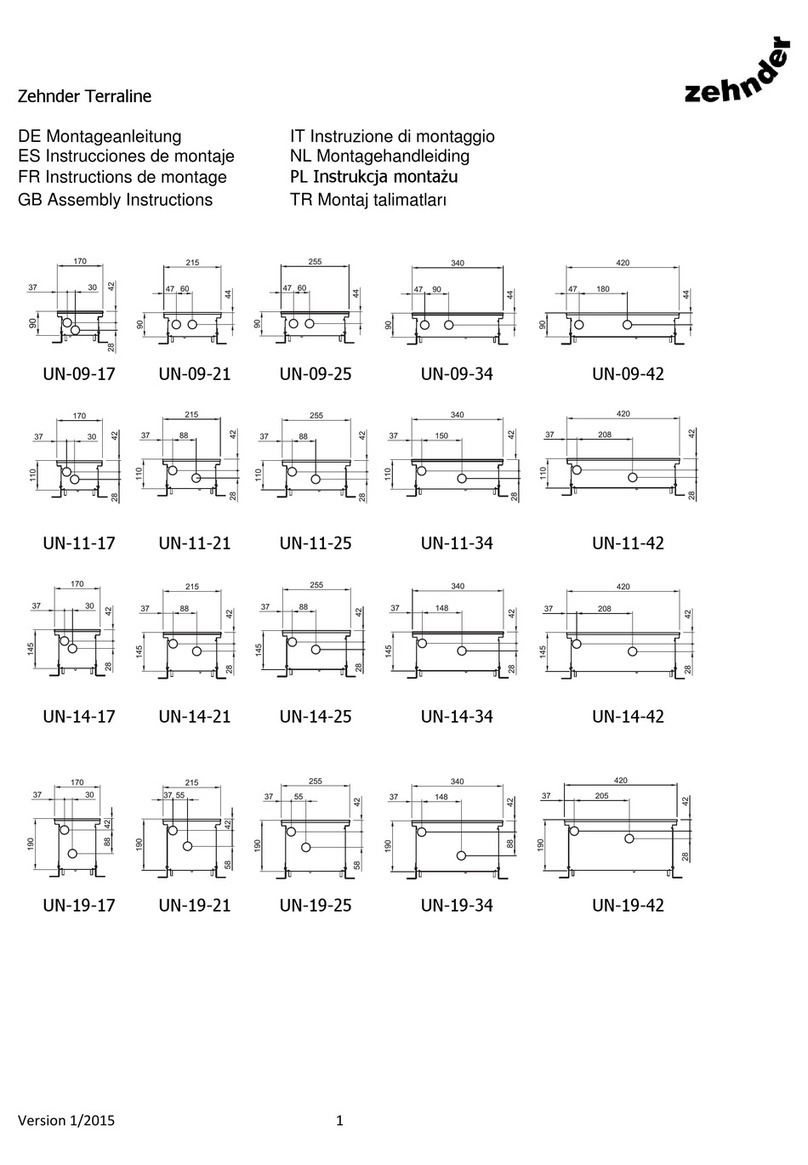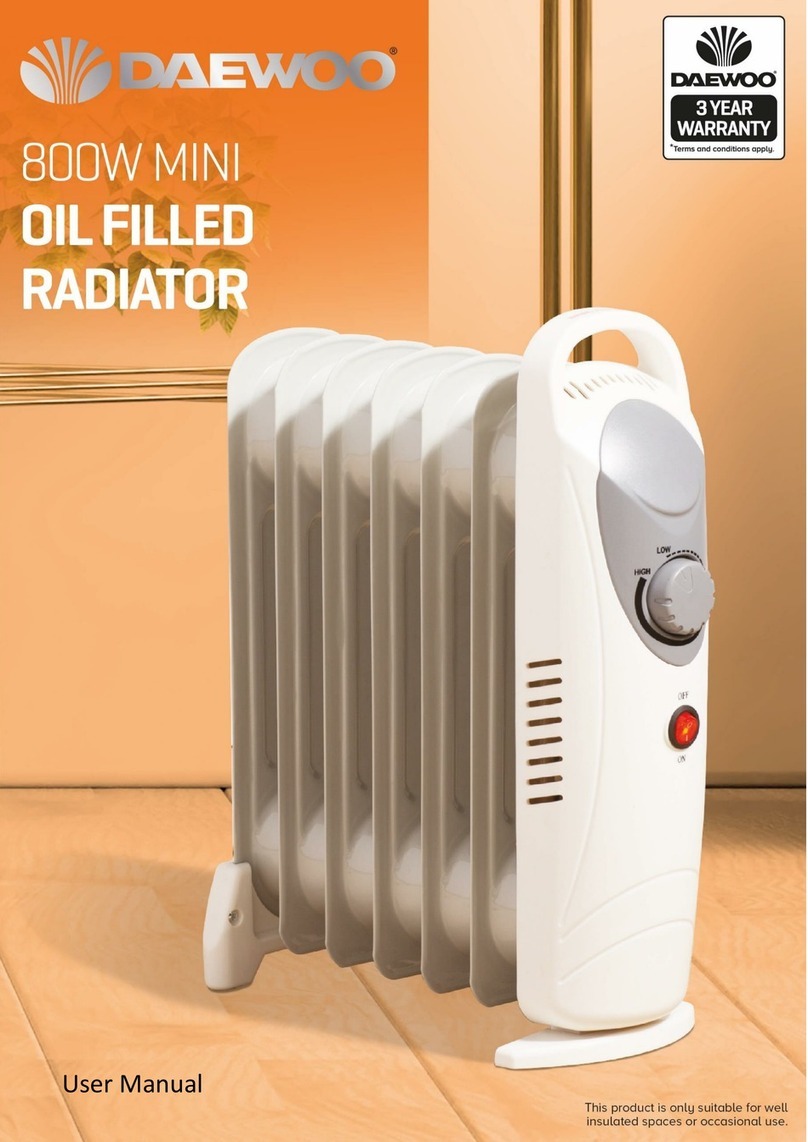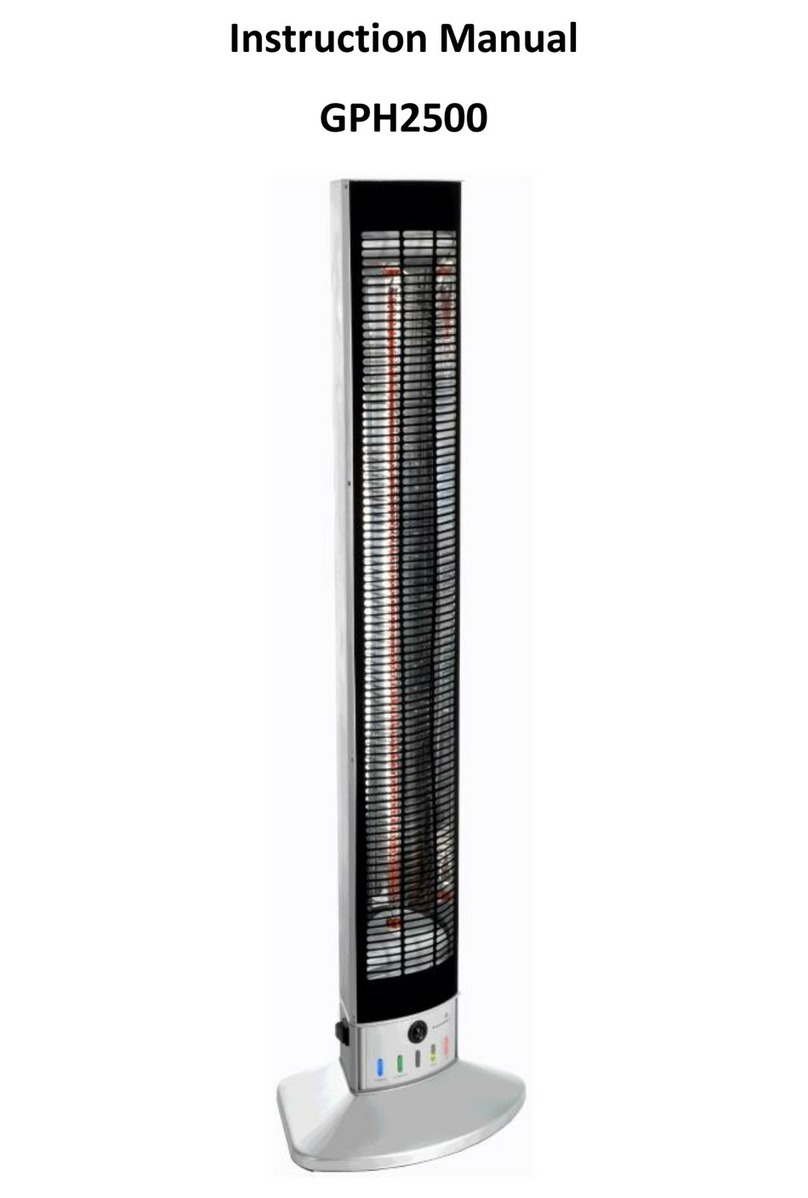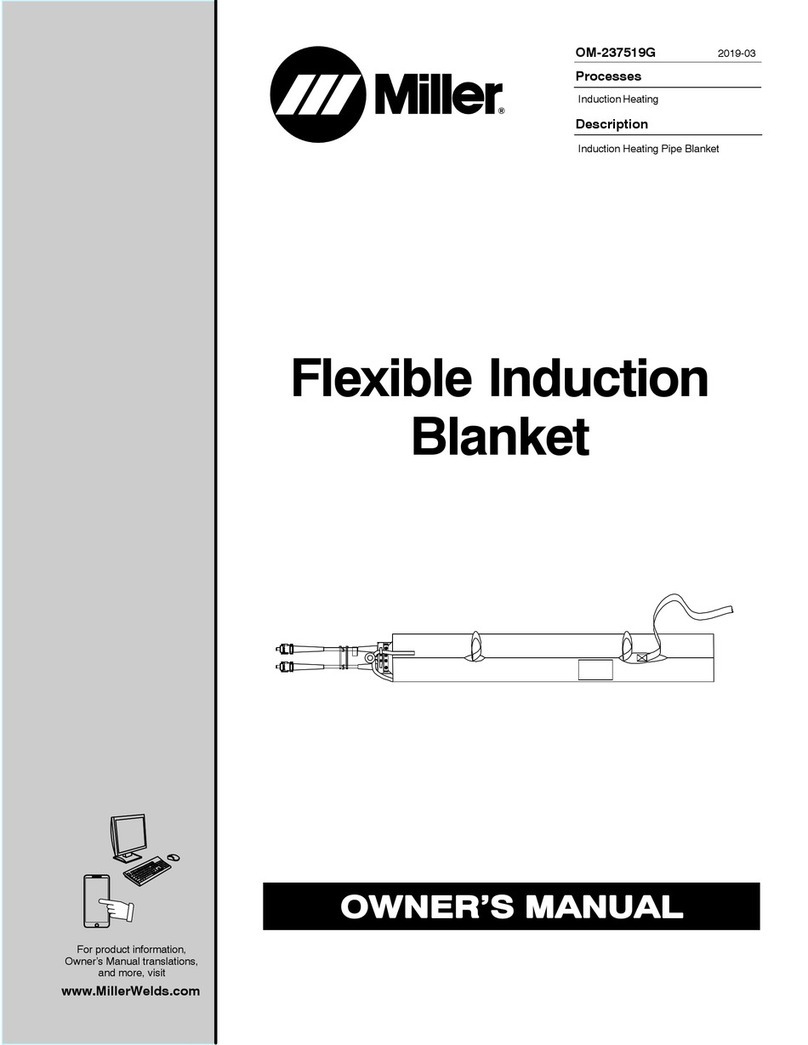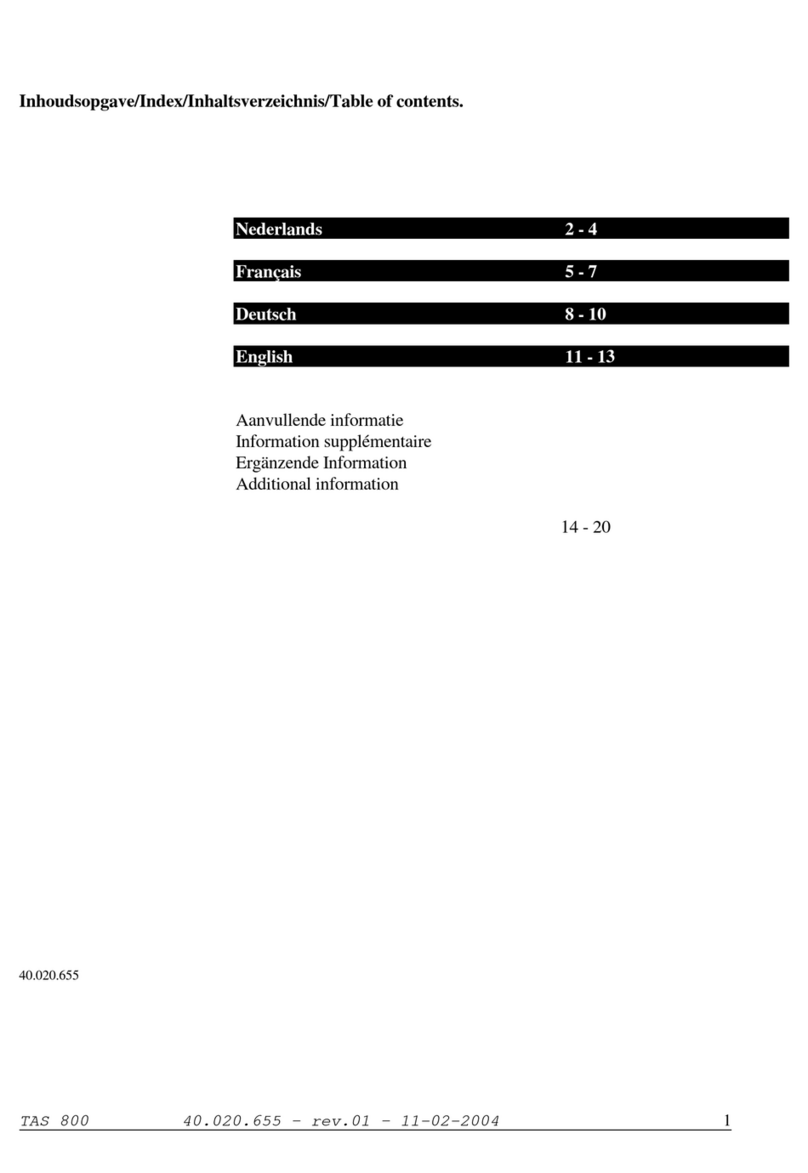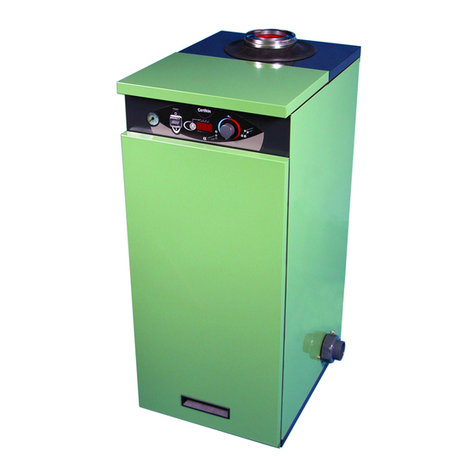AUTOTERM AIR-2D 12V/24V User manual



















This manual suits for next models
3
Table of contents
Other AUTOTERM Heater manuals
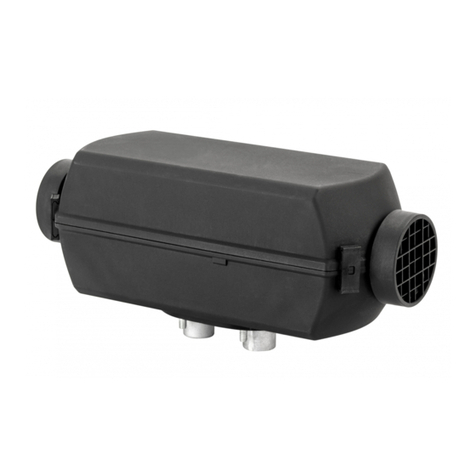
AUTOTERM
AUTOTERM PLANAR-8DM-12 User manual
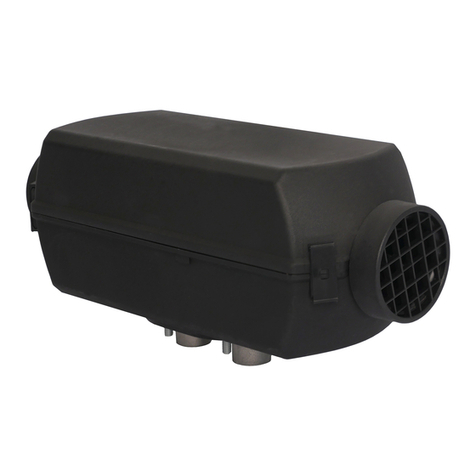
AUTOTERM
AUTOTERM PLANAR 2D-12 User manual
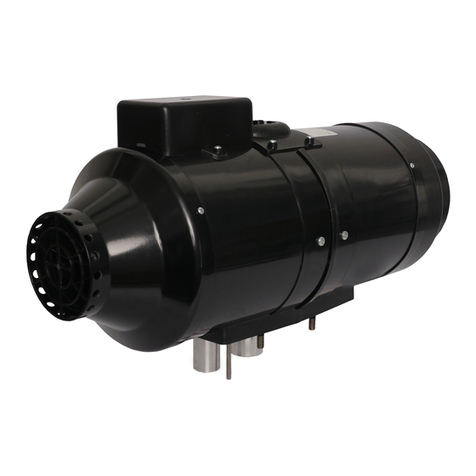
AUTOTERM
AUTOTERM PLANAR - 8DM - 12 User manual
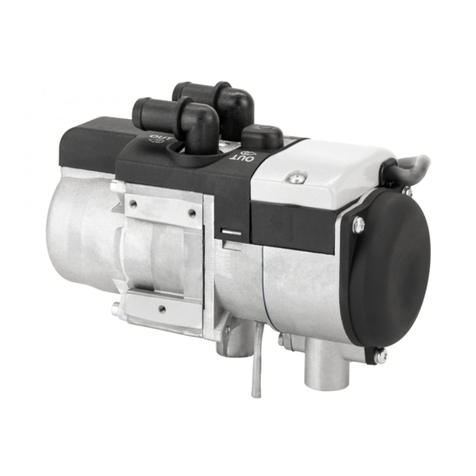
AUTOTERM
AUTOTERM FLOW-5D User manual

AUTOTERM
AUTOTERM PLANAR-2D-12/24 User manual
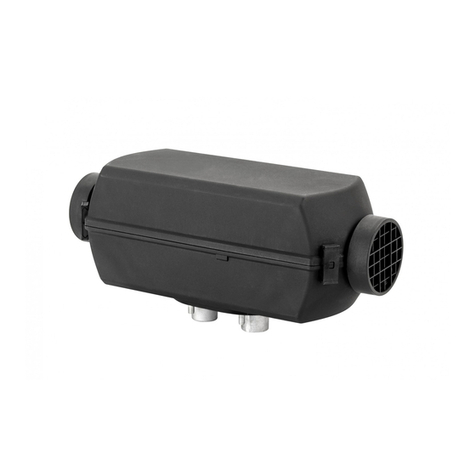
AUTOTERM
AUTOTERM PLANAR AIR-2D 12V Specification sheet
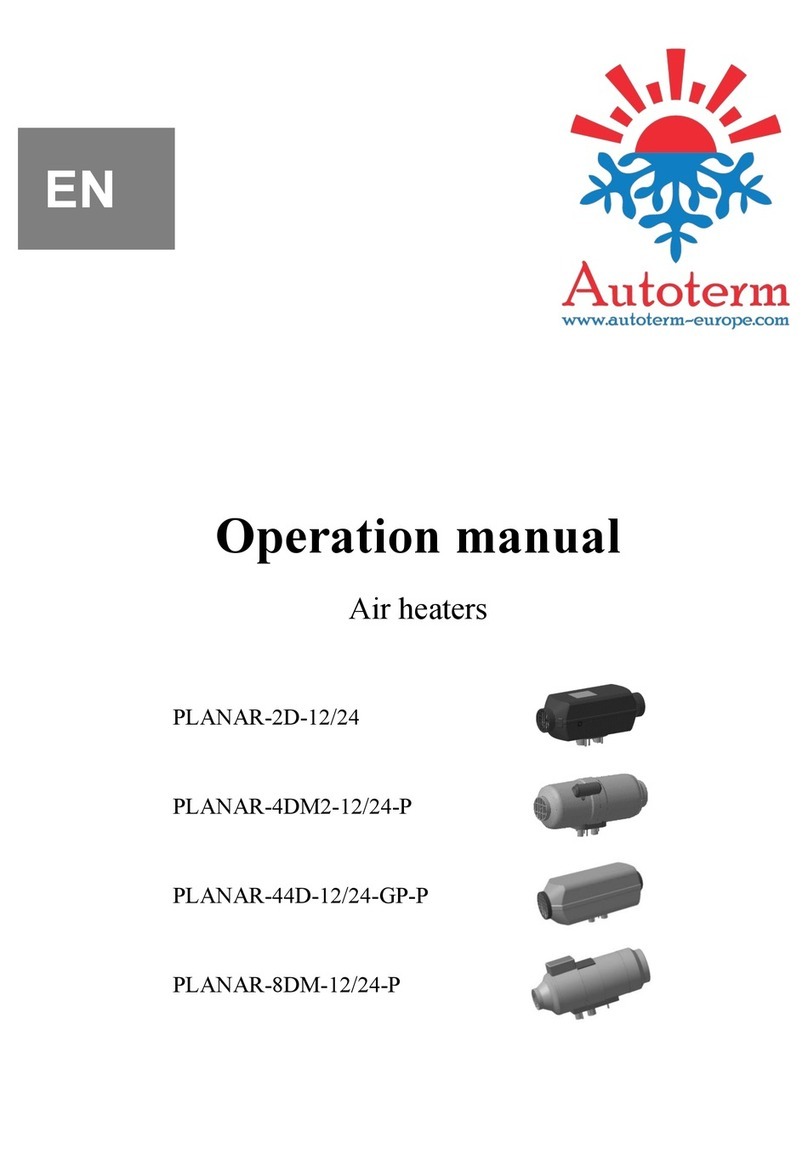
AUTOTERM
AUTOTERM PLANAR-4DM2-12/24-P User manual
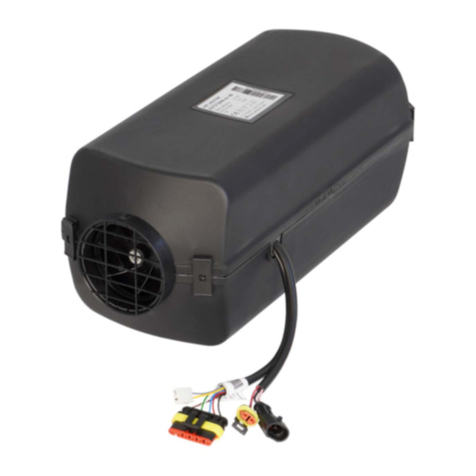
AUTOTERM
AUTOTERM Air 4B User manual
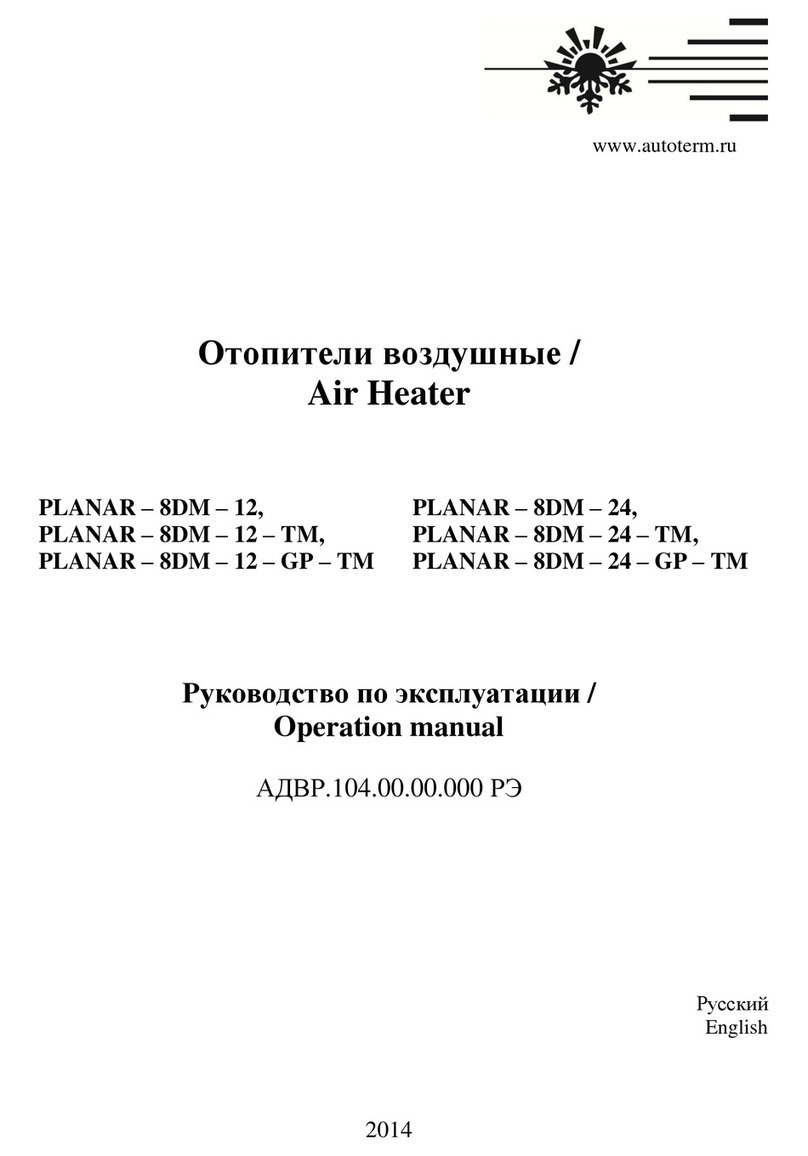
AUTOTERM
AUTOTERM PLANAR-8DM-12 User manual

AUTOTERM
AUTOTERM 14TC-10-24-C User manual
Popular Heater manuals by other brands
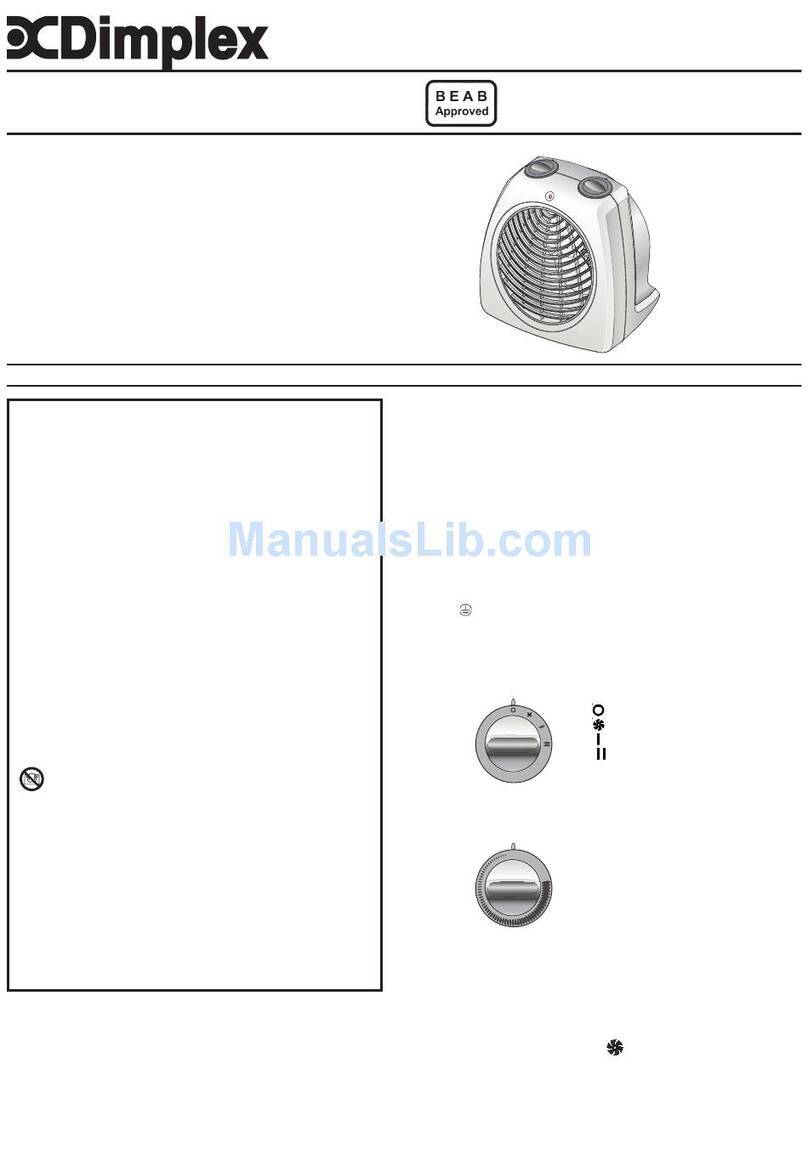
Dimplex
Dimplex DXUF20T Installation and operating instructions

TREVIDEA
TREVIDEA G3 FERRARI TEPOR user manual

Cadet
Cadet The Hot One RCP502S owner's guide

Arbonia
Arbonia VASCO BRYCE PLUS Mounting instructions
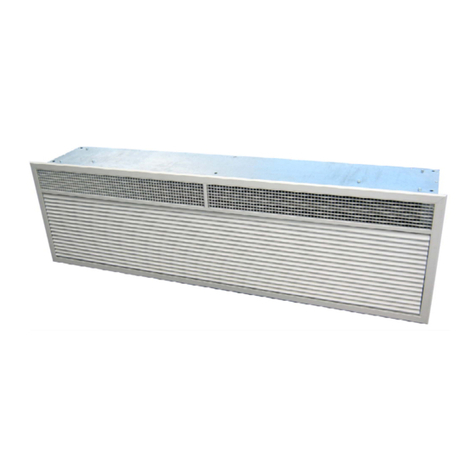
Thermoscreens
Thermoscreens HX1000AR Installation, operation and maintenance instructions

Master
Master B35CEH owner's manual

